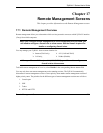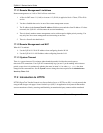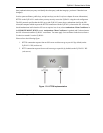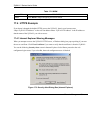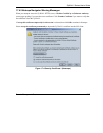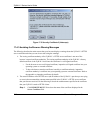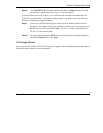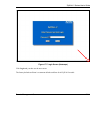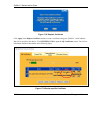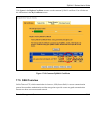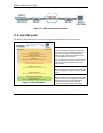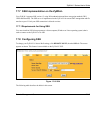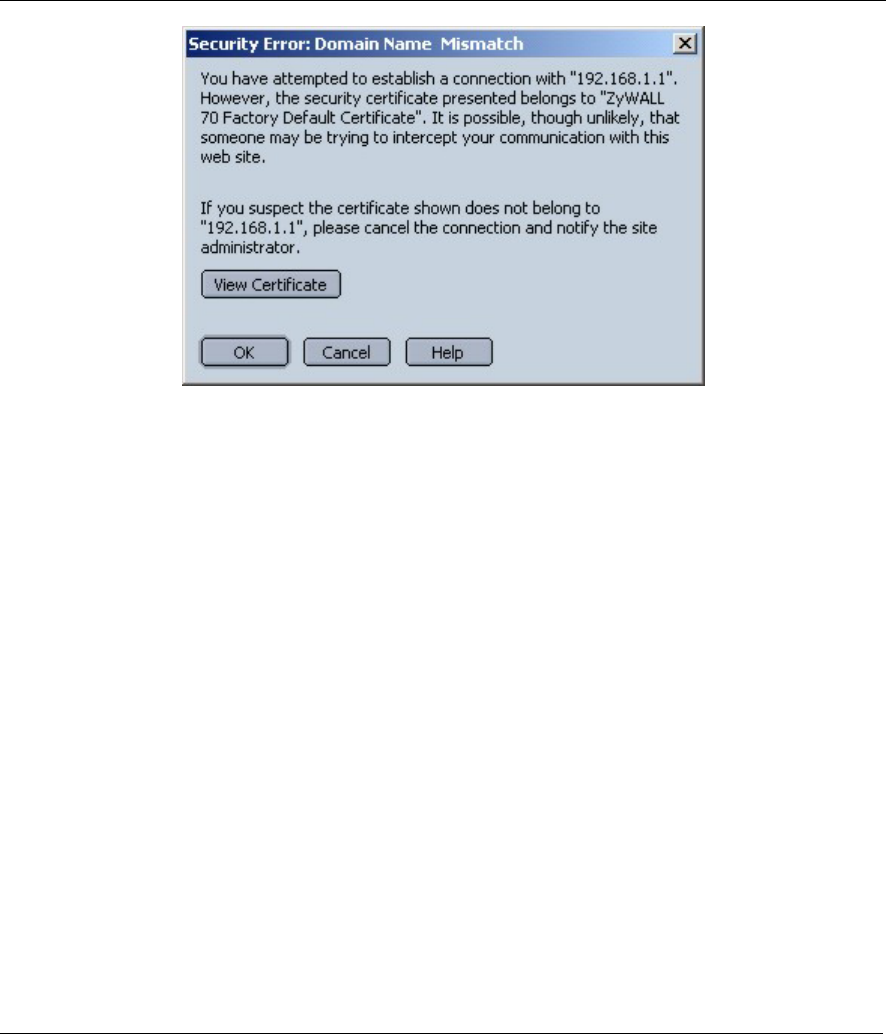
ZyWALL 2 Series User’s Guide
17-8 Remote Management Screens
Figure 17-5 Security Certificate 2 (Netscape)
17.4.3 Avoiding the Browser Warning Messages
The following describes the main reasons that your browser displays warnings about the ZyWALL’s HTTPS
server certificate and what you can do to avoid seeing the warnings.
The issuing certificate authority of the ZyWALL’s HTTPS server certificate is not one of the
browser’s trusted certificate authorities. The issuing certificate authority of the ZyWALL's factory
default certificate is the ZyWALL itself since the certificate is a self-signed certificate.
o For the browser to trust a self-signed certificate, import the self-signed certificate into your
operating system as a trusted certificate.
o To have the browser trust the certificates issued by a certificate authority, import the
certificate authority’s certificate into your operating system as a trusted certificate. Refer to
the appendix on importing certificates for details.
The actual IP address of the HTTPS server (the IP address of the ZyWALL’s port that you are trying
to access) does not match the common name specified in the ZyWALL’s HTTPS server certificate
that your browser received. Do the following to check the common name specified in the certificate
that your ZyWALL sends to HTTPS clients.
Step 1. Click REMOTE MGNT. Write down the name of the certificate displayed in the
Server Certificate field.




